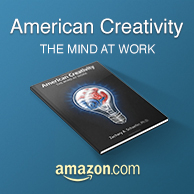Chaos emerges when a traffic light breaks down at a busy intersection. We resort to our primitive instincts and survival of the quickest emerges. People speed up to the intersection, give a quick scan, and incrementally creep their car into the intersection. White knuckles strangling steering wheels, rapid heartbeat, the occasional middle finger – we are all familiar with the scene. And these situations do not bode well for the timid driver.
While it looks like chaos on the surface and makes us boil on the inside, people generally do a good job at navigating the malfunctioning technology because they naturally begin to work with others. But have you ever paid attention to what happens once the flashing stop light glitch is fixed? This unfolded before me the other day and it was fascinating.
Because drivers began rapidly collaborating with each end of the intersection, this new behavior was difficult to break once the stop light glitch was fixed. People kept approaching the intersection as if the light were flashing rather than returning to the normal rules of the road. This led to screaming, honking, and fender benders.
What happened? A change – and we adjusted our behaviors to accommodate that change, but when the system returned to status quo our behaviors lagged behind. While the technology involved in this scenario was simple – a stoplight – it does illustrate our dependence on technology, our aversion to rapid changes, and the usefulness of humans. Had a police officer been posted in the middle of the intersection directing traffic, I assume the honking, screaming, and fender benders would have been averted.
Think about what technological tools your workplace has grown dependent on, think about what happens when they malfunction, and think about the importance of human bodies and clear communication to restore the status quo…or even improve the old system.



